Nestled between the Sierra de Gredos and Sierra Morena mountain ranges, Extremadura is a beautiful and captivating region of western Spain that borders Portugal.
The region is known for its rich history, stunning landscapes, and warm hospitality. Thus, it is the perfect place to come if you are a historophile, nature lover, or foodie.
As you travel through Extremadura, each destination unveils a unique story. From medieval architecture and Roman ruins to regional gastronomy and areas of outstanding natural beauty, such as remote mountains, lakes, forests and reserves.
A region that promises tourists an unforgettable insight into the country’s history, Extremadura is a place you should take your time to get to know. If you do, you will be utterly charmed by it.
12. Plasencia
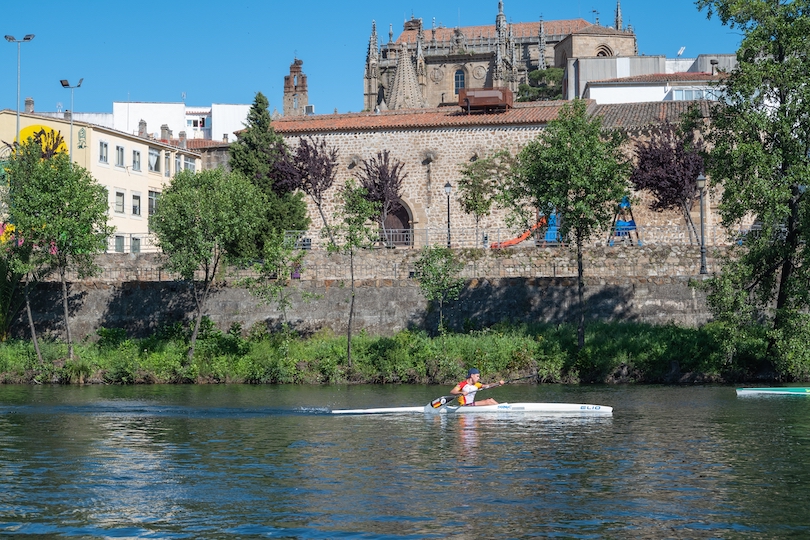
Plasencia is an ancient and expansive city with a complex history characterized by education and war. It was the site of the first university in Extremadura, a symbol of freedom, hope and a brighter future. However, Plasencia has also been the stage of numerous battles between multiple cultures.
Plasencia is a fascinating place to visit, surrounded by medieval walls, which incorporate several towers and gates. The city’s Las Catedrals is an architectural masterpiece that took seven centuries to complete. It features elements of Romanesque, Gothic, Renaissance, and Plateresque styles, which reflect the changing vogue of those times.
In addition to Las Catedrals, Plasencia is home to the magnificent Palacio de Mirabel, which boasts a hanging garden and an opening to the Plaza de San Nicolas.
It also accommodates the Puerta de Trujillo o de La Salud, one of the main gateways into the city center, leading visitors to the two main attractions. They are the Romanesque Catedral Vieja, which contains a museum with works by Ribera and the unfinished gothic Catedral Nueva. Both are worth visiting.
11. Granadilla
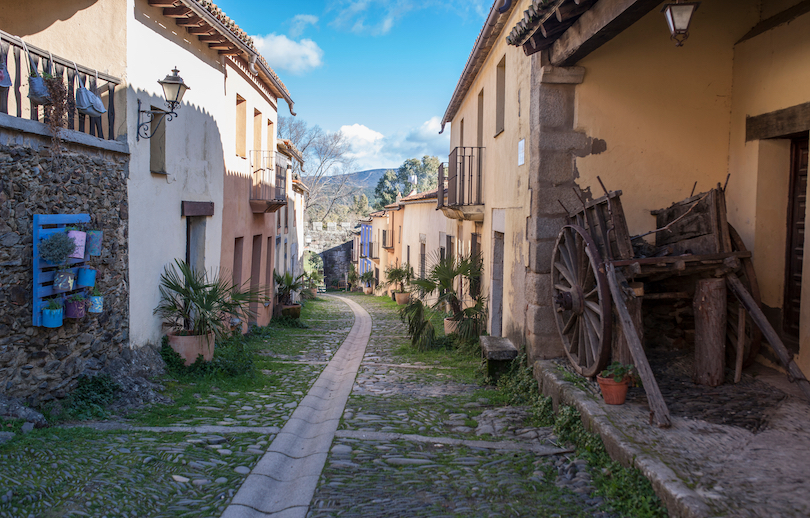
In 1950, Granadilla, a town in northern Extremadura, had a thriving population of approximately 1000 people. However, in 1964, it became a ghost town as all its residents were forced to evacuate. This followed the decision of the Spanish Dictator Franco to convert it into a ‘flood zone’ for the proposed Gabriel y Galán reservoir.
Today, Granadilla has been declared a Historical-Artistic Ensemble and is a perfect place to explore for a few hours. Visitors can marvel at the town’s magnificent castle, which dates back to 1473 and offers breathtaking views of the reservoir. The castle also provides an insight into the town’s size, as you can see its city walls from there.
The Calle Mayor (main street) and Plaza Mayor are also must-see attractions, as they house a collection of fascinating buildings. Additionally, due to the surrounding water, the area is a noted spot for bird-watching.
10. Monastery of Yuste
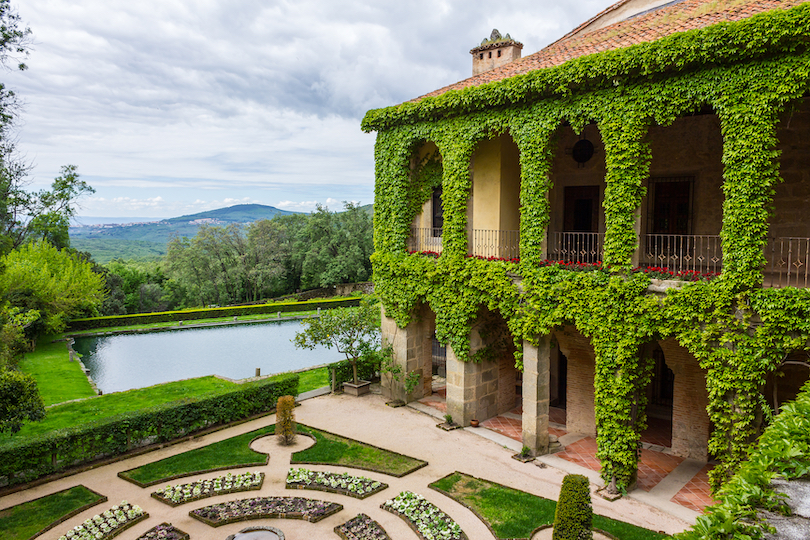
The Monastery of Yuste is a fascinating destination for history buffs in Cuacos de Yuste (also known as San Yuste or San Just).
Founded by the Hieronymite Order of Monks in 1402, it served as the residence of Charles V, King of Spain after his abdication in 1556 until his death. Although it was abandoned after his passing, the monastery has undergone recent restoration to restore it to its former glory.
Now representing a spiritual site, it flanks beautiful parkland and gardens, which you can enjoy along with terrific views of the surrounding area.
9. Alcantara
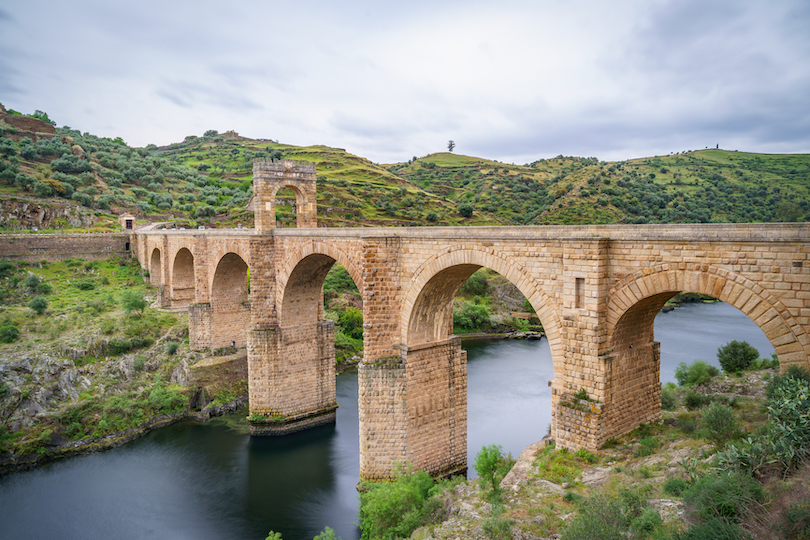
In Alcantara, nowhere is the merging of Roman and Muslim cultures more perfectly illustrated than through the presence of the 656-foot Roman Bridge.
The bridge was specifically built for the Roman Emperor Trajan in 106 A.D. Trajan was one of Rome’s Five Good Emperors, known for his efforts to advance the Empire.
Following his reign, the Moors took over the city and renamed it Al-Qantarah after the bridge. Although the spelling has been Westernized, the name has remained.
Despite being destroyed and restored several times, the bridge remains accessible by foot or car. When you go there, be sure to take some photos of the breathtaking views seen from the bridge.
8. Jerez de los Caballeros
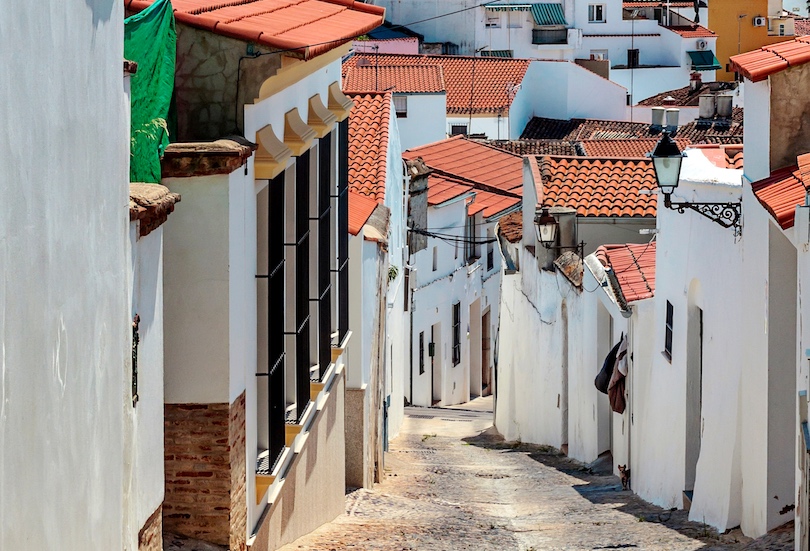
Jerez de los Caballeros is a quaint town located in the province of Badajoz in southwestern Spain. Sitting atop two hills overlooking the River Ardila, it resides 18 km east of the Portuguese border.
Although it is one of the more remote locations to get to in Extremadura, it’s well worth trying. The town’s name, which means ‘Sherry of the Knights’, is renowned for being the home of the Knights Templar. So it has a sense of history about it.
A Moorish wall encloses the old town, and several gates are worth perusing, including the notable 15th-century Gate of Burgos.
Other attractions for visitors include stunning views of the Extremadura countryside. At the same time, the area is also known for its fruit trees and pigs that are the source of the region’s tasty jamón ibérico.
7. Badajoz
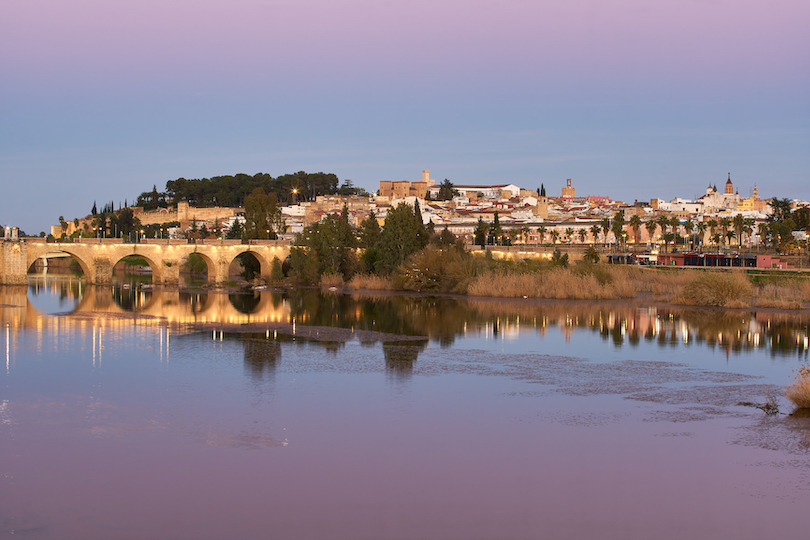
Badajoz is a captivating city located in western Spain. It is renowned for its fascinating history, cultural heritage, and beautiful surroundings.
With roots tracing back to prehistoric times, Badajoz has been shaped by various civilizations throughout the centuries. Roman, Visigothic, Moorish, and Christian influences have all left their mark on the city. Its strategic location has made it the site of numerous battles and sieges.
One of the most prominent attractions in Badajoz is the Alcazaba, a fortress dating back to the 9th century. Offering panoramic views of the city, the Alcazaba also houses the Provincial Archaeological Museum. Other notable landmarks include the Cathedral of San Juan Bautista, Plaza Alta, Puerta de Palmas (Gate of Palms), and Puente de Palmas (Bridge of Palms).
Badajoz also has a vibrant cultural scene, with yearly festivals and events. The Alcazaba Festival, Contempopránea music festival, and Feria de San Juan showcase the city’s rich traditions and customs.
Additionally, Badajoz is also known for its delectable gastronomy. Signature dishes like Iberian ham, migas (fried breadcrumbs) and cocido extremeño (a hearty stew) are must-tries!
6. Zafra
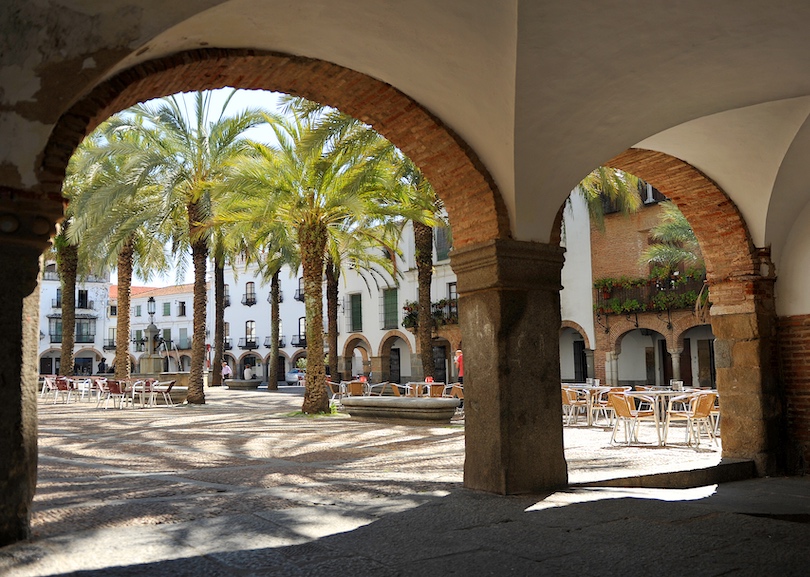
Zafra is a charming town that embodies history and culture. Often referred to as ‘Seville’s little sister’, Zafra’s compact size and walkable streets make it an ideal town to explore on foot.

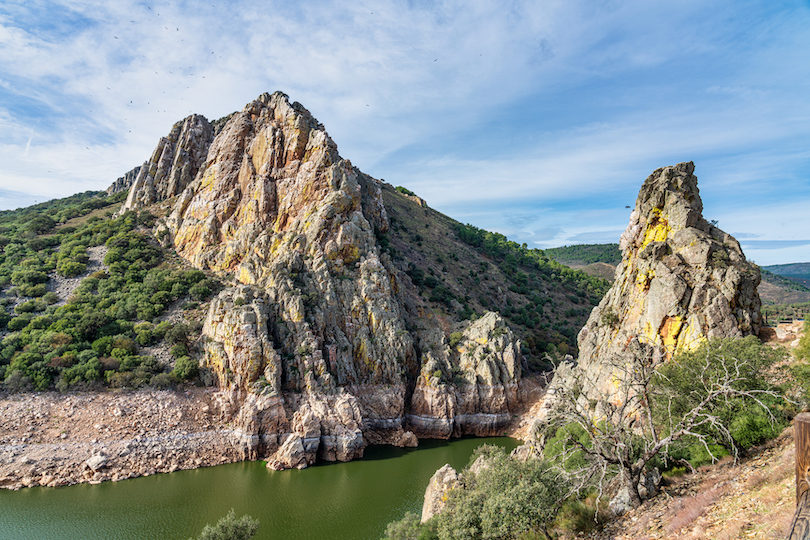
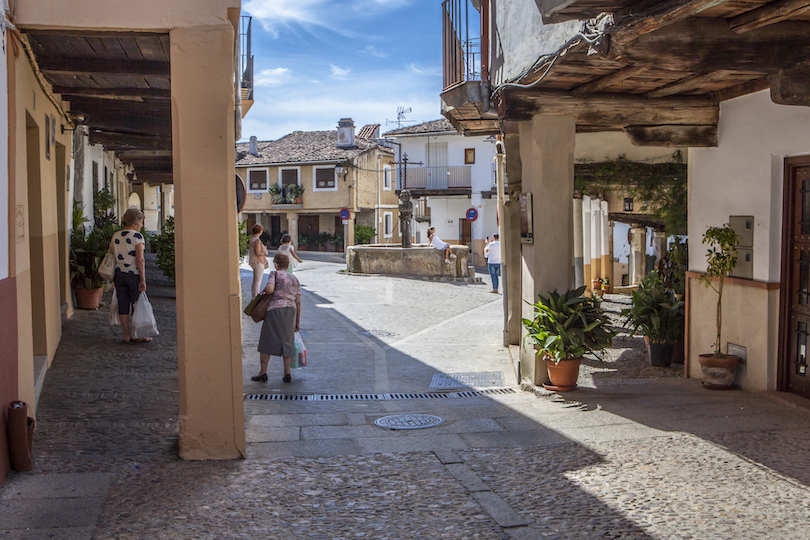
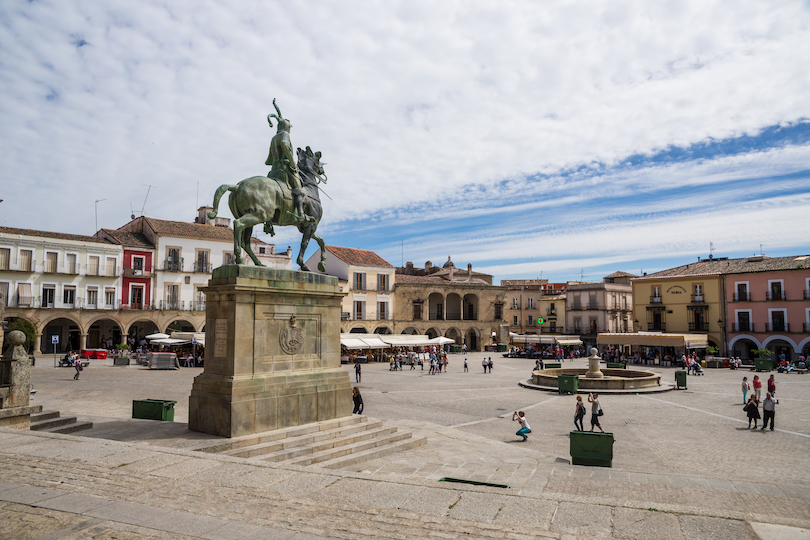

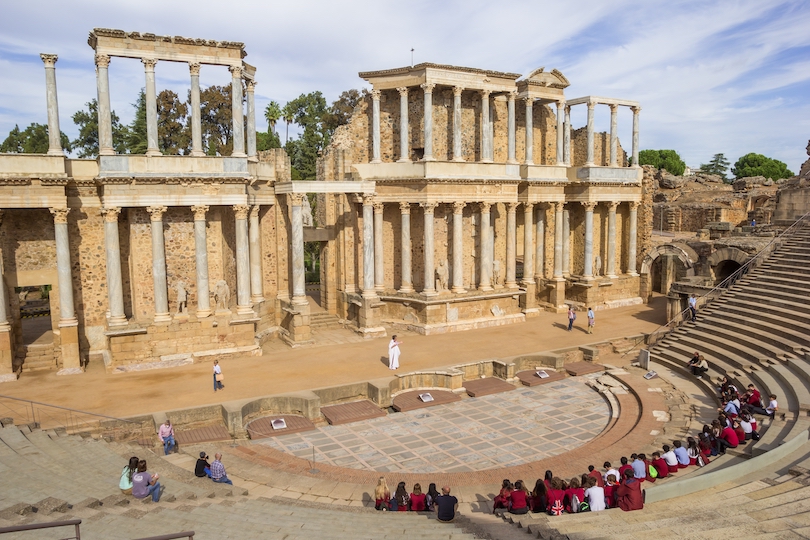
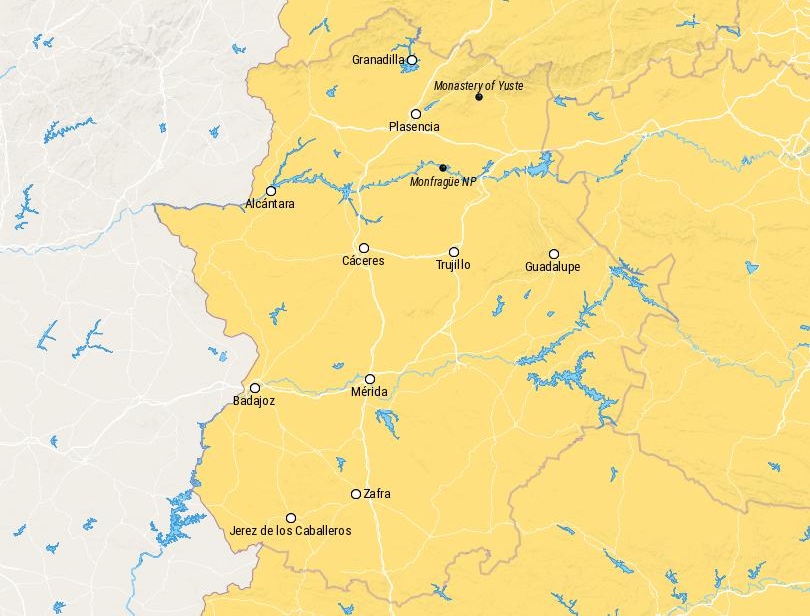

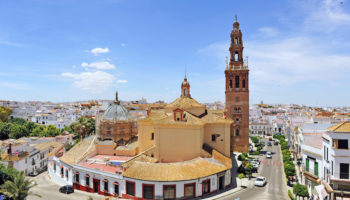
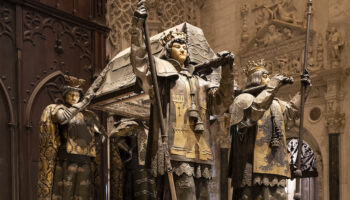
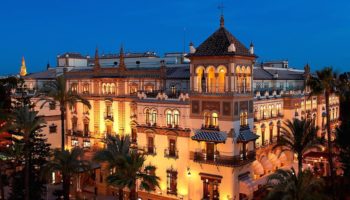
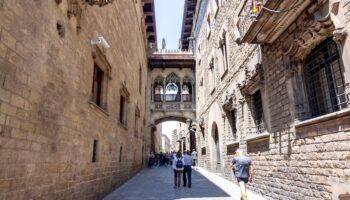



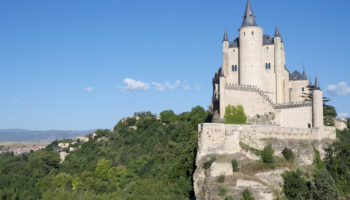
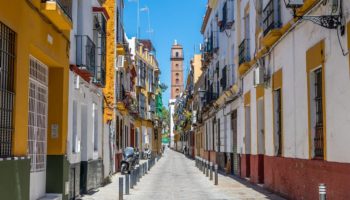

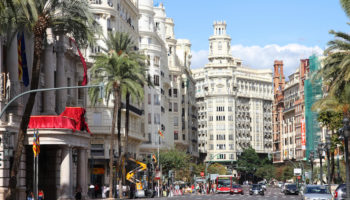
Leave a Reply